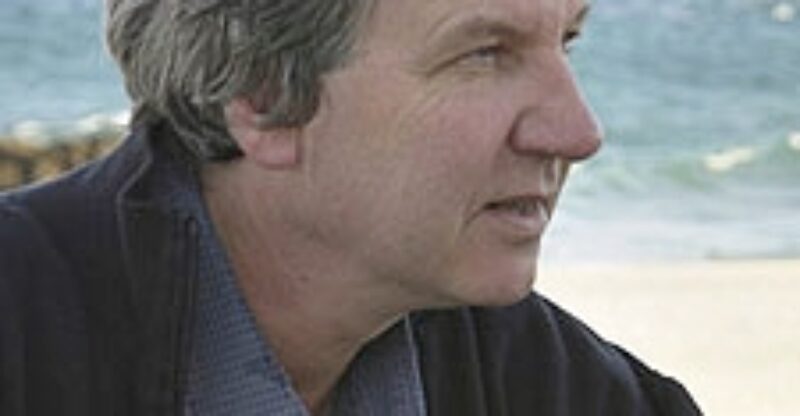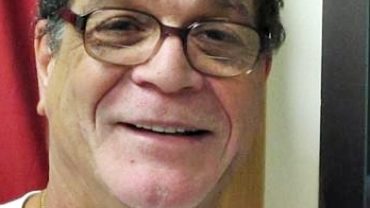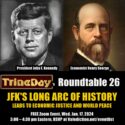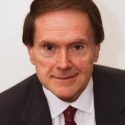The Journey 117. Dick Russell: Hiding the Truth about JFK’s Death Drags Our Democracy Down
Publisher Kris Millegan speaks with Dick Russell about his book, THE MAN WHO KNEW TOO MUCH – about Richard Case Nagell, the man hired to kill Oswald and prevent the assassination of JFK – and the ongoing effects of JFK’s assassination.
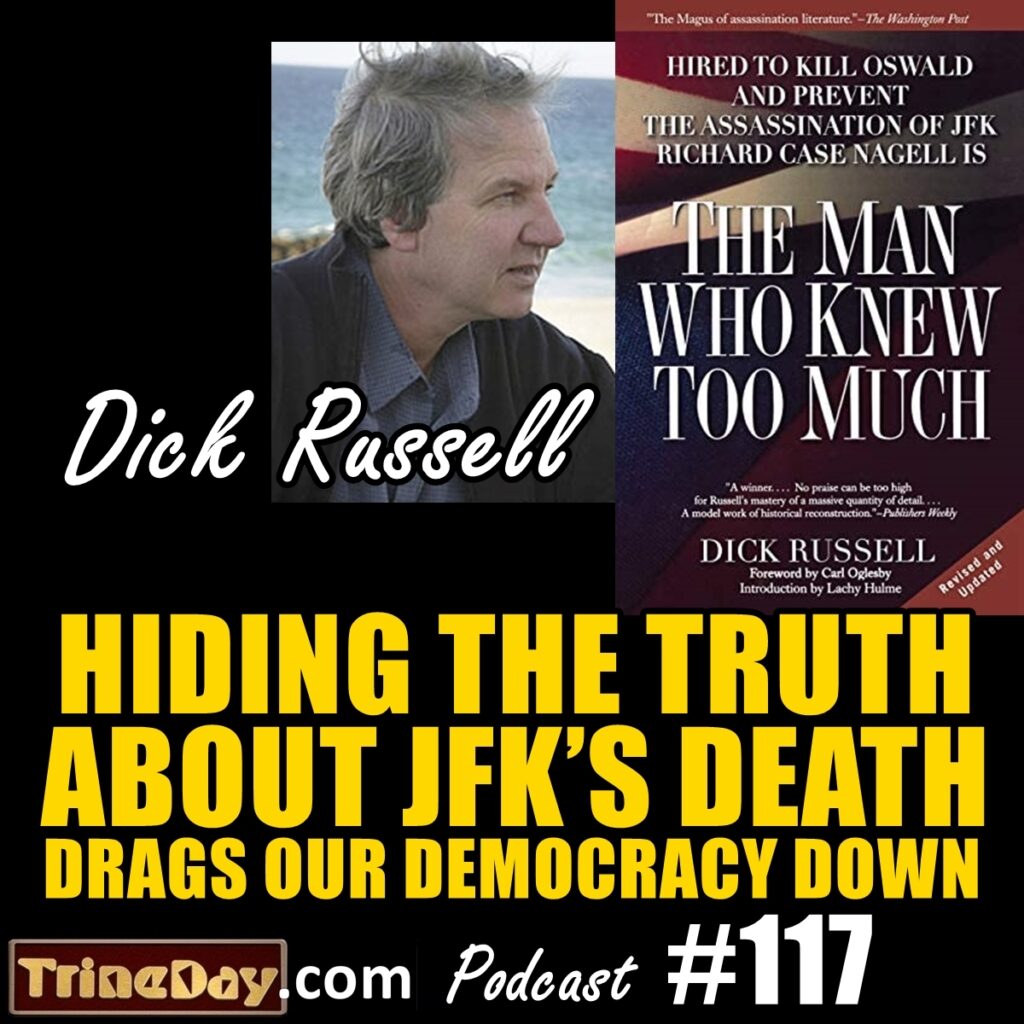
Kris: You’ve been a mainstay of the JFK research community for many, many years. Really one of the first ones out there. Some powers-that-be are trying to stuff down our throat that Lee Harvey Oswald killed the president. And they would like us to regurgitate that.
There’s quite a few of us who haven’t accepted that.
Your book, THE MAN WHO KNEW TOO MUCH, I just ate that up. My father got involved in intelligence as an eighteen-year-old kid, then was in COI and OSS and then got drafted. And they put him on MacArthur’s staff because they didn’t trust MacArthur and they didn’t trust Willoughby. And the first time I really came across some information about Willoughby was in your book.
How did you get involved looking at Richard Case Nagell?
Dick: On September 20, 1963, Nagell intentionally got himself arrested outside a bank in El Paso – this was two months before the assassination – and got himself placed in federal custody. And Bernard Fensterwald, Jr., an attorney in Washington, DC, managed to get out of the government a notebook that had been seized from Nagell when he was arrested.
This notebook had very similar notations to what was found in Oswald’s notebook after the assassination. This got me intrigued [when I learned this in 1975]. I interviewed a bunch of people in El Paso who had been involved in the arrest or investigation and trials of Nagell.
He was railroaded through prison for five years. He’d definitely been involved with intelligence agencies. He was tried twice for attempted bank robbery. It was obvious he never attempted that. He asked a teller for a hundred dollars in American Express Travelers Checks, turned around and shot two holes in the ceiling of the bank and walked outside.
The judge in the first trial was a very good friend of LBJ’s. And he made sure that any reference to the Kennedy assassination would be squelched.
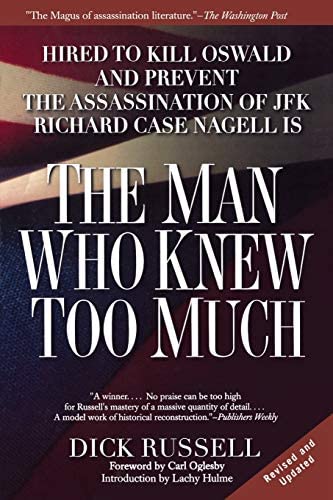
After El Paso, I went out to Los Angeles. [I had gotten an address for Nagell] in Manhattan Beach. I knocked on the door. He answered. I told I’m a journalist. I’m looking into the assassination of President Kennedy. And I understand that you might have some information that you’re willing to impart.
So we sat down and talked, and thus began an odyssey for me that went on for a number of years. Nagell never told me everything that he knew. But he told me enough to realize that what he’d been involved in was an effort to stop the assassination, but not on behalf of the American authorities, but on behalf of the Russians.
Nagell was a double-agent. So he ended up shadowing Oswald.
Kris: In intelligence, you have the butts in the chairs at Langley [CIA headquarters], and you have the people running around. A lot of times you have double, and triple, and quadruple-agents, and sometimes they don’t even know who they’re working for.
As a publisher, people send me manuscripts. Right now, people have manuscripts that say it was all the Nazis that killed Kennedy. Then I get manuscripts that say the Jews did it all!
Dick: It’s crazy. But definitely it was a domestic conspiracy that involved elements of the CIA. The FBI knew it was going to happen and just let it go on. And then Hoover covered it up. And Oswald was the necessary patsy.
Kris: According to thick book about General Walker, Oswald wasn’t just working for the CIA. He was working for quite a few other people, infiltrating places.
The JFK assassination is still a hold over our government [impeding] its ability to be an honest broker. It’s really sad.
Dick: I still think it’s vitally important to know what really happened that day. And I think the powers-that-be still don’t want this out because it would show that there was the likelihood of a coup d’état on November 22, 1963. It was an assault on American democracy. And we can look around today and see that democracy is not doing well. Hopefully it’s not on its last legs. But it’s a crazy world we’re living in.
It’s important that we know – as much as we can know – what really happened back then because how did we get to the place that we’re at today? It starts November 22, 1963.





